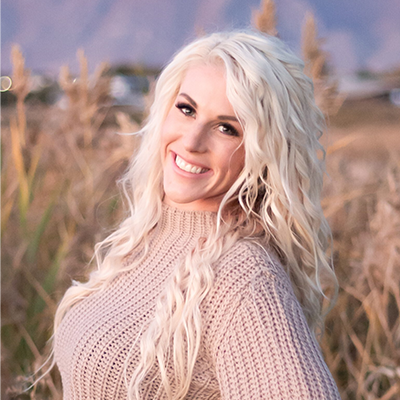Although managing your livestock’s nutritional needs can be stressful during a drought, knowing how to best source feeds and forages goes a long way in preparing your operation for uncertain times.
In general, any time you’re looking for a new feed type, it’s important to have a storage strategy in place to ensure your feed keeps well and doesn’t spoil. Storing it away from moisture and inclement weather helps, as does keeping it out of direct sunlight—which can degrade some of the feed’s stored nutrients.
Utilizing your livestock nutritionist or university extension agent is also helpful for making sure what you plan to feed is safe, and sending samples to a local analysis lab will give you a good idea of your feed’s overall value. With these resources, you’ll know how to better balance your herd’s rations, understand optimal nutrition levels, and be aware of any concerns about your feeding regimen.
Looking at Forage Options in Dry Weather
When a drought develops, decreased availability of pasture grasses often results in having to rely on hay and other forages earlier than usual to help meet a herd’s nutritional needs. And because hay prices usually increase significantly during dry weather periods, it’s best to plan ahead and purchase it early, if possible.
If you’re searching for hay, you can check prices through the USDA’s Hay Auction Report and then try the following:
- Do a Google search on “hay for sale” or check Facebook Marketplace. You can also look for Facebook groups dedicated to sharing hay and forage resources.
- Contact your county agricultural extension office and ask for help locating hay or forage.
- Ask your area livestock associations for a list of hay and forage sellers they might recommend.
Across the US, you’ll find a variety of cut and stored forage options, including hay, straw, and crop residues such as cornstalks or corn stover. Their nutrient values will vary widely, so it’s important to consider type and quality and be ready to add energy and protein as needed. To that end, some feed sources should be considered forage extenders instead of complete forage supplements.
Supplementing Livestock Forage with Grain
Feeding grain to your livestock is a good way to add a concentrated amount of energy and protein in a small package. The primary concern with feeding grain is that if you feed too much, it can shift the environment of an animal’s rumen to digest more simple types of sugars found in grain rather than break down the needed fiber coming from forage sources. In essence, feeding too much grain can do more harm than good, so balance rations accordingly and consult a nutritionist for help as needed.
Adding Feed and Grain By-products to a Livestock Nutrition Regimen
Depending on where you are in the US, you will find a variety of by-product feed options for your livestock at minimal cost; by-products are basically anything left over from production of foodstuffs usually used for human use or consumption.
Most by-products have a high feed value and can be very helpful when you need to provide economical supplementation for your livestock. The key is determining the amount of protein and energy available, along with mineral and moisture levels. Some options include:
Corn Gluten Feed
Distillers Grain
Beet Pulp
Bakery Waste
Corn Syrup
Cottonseed, Rice, Soy, or Almond Hulls
Peanut Pellet Screenings
Wheat Midds
Potato Waste
Citrus Pulp
Many by-products should not be viewed as complete feed sources, but as ways to extend or supplement your available feed or forage. You can purchase these products from processing mills, factories, or production plants, and calling to see what might be available is a good way to start searching.
Wrapping It All Up
Sourcing supplemental feed and grain when you anticipate drought is an important part of good ranch management planning and preparing ahead of time not only helps you control your operating costs, but it helps reduce stress on grazing acres in the months and years to come.
Redd Summit Advisors offers Pasture, Rangeland, and Forage (PRF) insurance to help protect your operation from lack of rainfall, and you can use indemnity payments from this program to purchase alternative feed and grain sources should a drought occur. Contact us for a quote or give us a call at 1-800-825-2355.





.webp)




